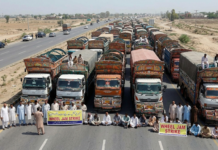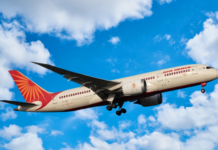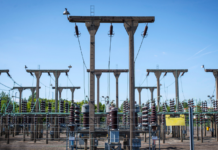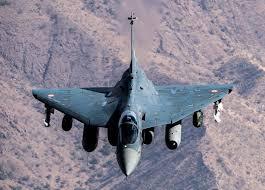India’s Tejas fighter programme suffered a major setback after a jet crashed during the Dubai Airshow, dealing a blow to New Delhi’s efforts to promote the aircraft to foreign buyers and adding to concerns already fuelled by production delays and engine supply issues.
Officials said the cause of Friday’s accident had not yet been determined. The crash, witnessed by international delegations and defence customers, prompted tributes to Wing Commander Namansh Syal, who died in the incident. Analysts said the mishap will complicate India’s export ambitions, though they noted that fighter sales are often driven by broader political considerations.
Douglas A. Birkey of the Mitchell Institute for Aerospace Studies said imagery from such accidents is “brutal”, adding that while the Tejas will suffer negative publicity, he expects the programme to recover. Accidents at top-tier air shows — Dubai ranks behind only Paris and Farnborough — are now rare, though past crashes have not prevented countries from securing later orders. Russia’s Su-30 and MiG-29 both suffered air show accidents in Paris in earlier decades, but India went on to acquire both aircraft.
The Tejas project, launched in the 1980s to replace ageing MiG-21 jets, remains central to India’s push for defence self-reliance. The Indian Air Force retired its last MiG-21 in September after repeated extensions caused partly by slow Tejas deliveries from state-owned Hindustan Aeronautics Ltd (HAL). HAL has 180 Mk-1A fighters on order but has yet to start deliveries due to GE Aerospace engine supply delays.
A former HAL official said the Dubai crash “rules out exports for now”, noting that target markets included Asia, Africa and Latin America. HAL opened an office in Malaysia in 2023 to support marketing efforts, but the focus is now expected to shift to boosting domestic production.
India faces a shrinking fighter fleet, with squadrons down to 29 from an authorised strength of 42. Older models including the MiG-29, Jaguar and Mirage 2000 are nearing retirement, and an Indian Air Force officer said the Tejas was intended to replace them but is “facing production issues”. Two Indian defence officials said New Delhi may pursue interim off-the-shelf purchases, including more Rafale jets, while still planning to expand its Tejas fleet beyond the roughly 40 aircraft currently in service.
India is also assessing competing proposals for next-generation F-35 and Su-57 fighters, both of which were on display in Dubai.
Experts say the Tejas project has long operated at the intersection of industrial policy and diplomacy. Development was initially slowed by sanctions linked to India’s 1998 nuclear tests and by the failure to field indigenous engines. Walter Ladwig of the Royal United Services Institute said the programme’s long-term value may lie more in the technical base it creates for future Indian combat aircraft than in overseas sales.
Regional dynamics were on display at the air show, with both India and Pakistan participating prominently. The Tejas performed multiple aerial demonstrations, while Pakistan showcased its JF-17 Thunder Block III — co-developed with China — and announced a provisional deal to supply the jet to an unnamed “friendly country”. A JF-17 on static display was shown alongside PL-15E missiles, which US and Indian officials claim were used against an Indian Rafale during the four-day aerial clash in May.
Pakistan Aeronautical Complex promoted the JF-17 as “battle-tested”, while Indian officials have said the Tejas did not take part in that conflict. They added that the Tejas was also absent from this year’s Republic Day flypast due to safety considerations associated with single-engine fighters.























